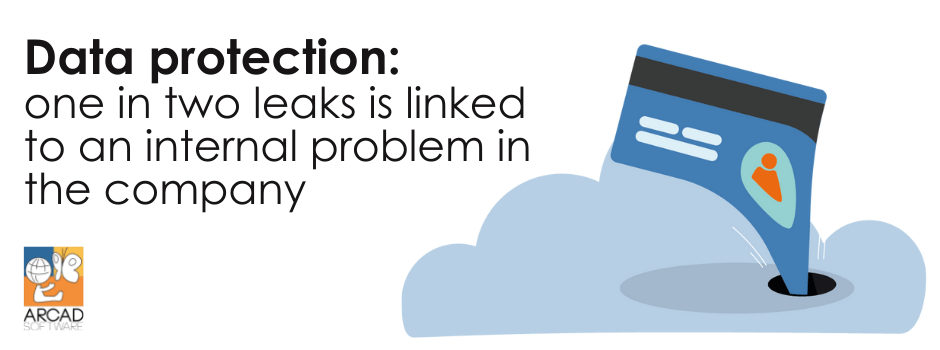
As the years go by, companies are building larger and larger datasets. The development of the Internet of Things and the arrival of new technologies such as 5G are increasing the number of data sources and the amount of information collected is growing every day. To store all this information, companies rely on external solutions, involving phases of migration and information exchange, thus increasing the risk of data leakage.
Storing and exchanging information from the cloud: beware of dangers
On the corporate side, most data is stored in the cloud. For reasons such as cost optimization, centralization and ease of use, this is now the preferred method of storage for companies. In fact, if the data is stored remotely, this means that in order to be able to use this information, there must be exchanges between the storage platform and the company’s offices. This multiplication of exchanges increases the risk of leakage and hacking. However, according to the latest figures published by IBM in 2018, more than one in two breaches was caused by human error or a problem with the system. Conversely, only 48% of information leaks were related to attacks... In other words, more than one in two leaks could be avoided as they are due to a company’s operations and internal mistakes.
Moreover, no sector is immune. According to an IBM study, data breaches affect all sectors. While some, such as the financial sector (16 %) and the service sector (15%) are more affected, whereas others, such as commerce (7%) and the public sector (7%) are also exposed.
Anonymize data and create a secure ecosystem within your company.
To limit problems and data leaks within the company, it is important to create a secure ecosystem, where all parties using information in any way are declared and aware of the risks related to their use of information. In addition to this secure ecosystem, a mapping of information paths must be set up where all areas of data exchange are defined and clearly and precisely supervised. By clarifying data usage in this way, data leaks are avoided by revealing where and when information must be protected and anonymized.
Finally, to avoid system-related errors, the entire ecosystem and tools must be checked to ensure they are compatible, up-to-date and that there are no known errors in the IT infrastructure.
By implementing all these solutions, from data anonymization to the creation of a secure work environment, companies can protect themselves from at least one in two leaks in their system. This is a significant investment, but a positive one in the long term for companies, especially when you consider that the IBM study concluded that the average cost of a single record included was almost $150.

